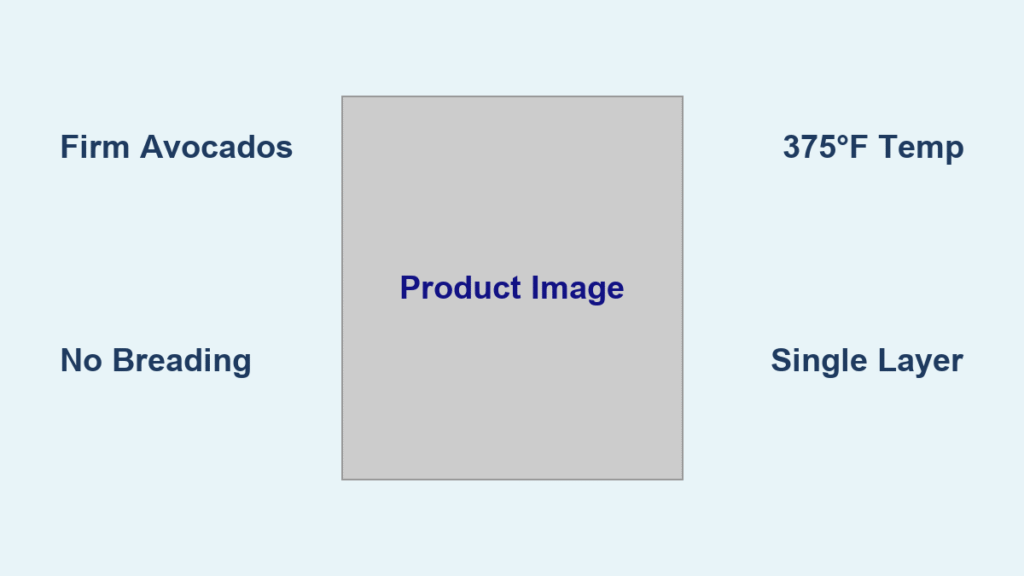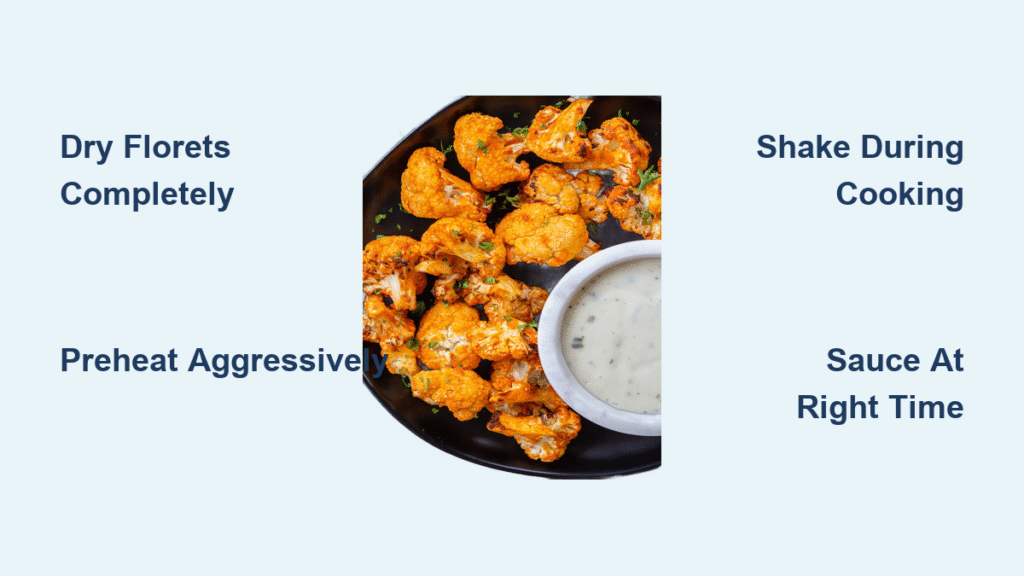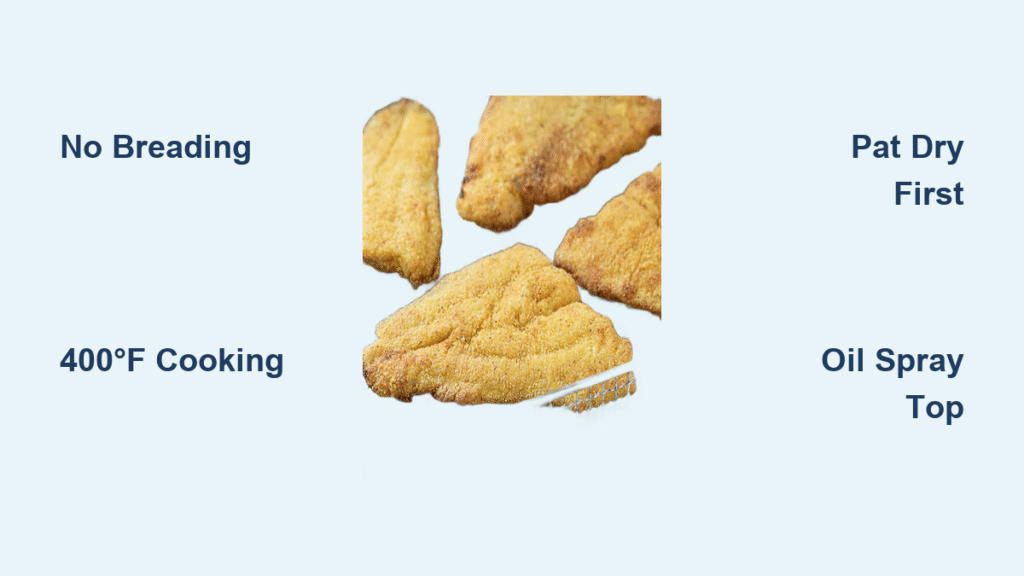That bag of store-bought chips calling your name? Your Philips air fryer holds the secret to crispier, healthier potato chips using just one tablespoon of oil—slashing fat by 75% compared to deep-fried versions. Forget greasy fingers and empty calories: in under 35 minutes, humble russet potatoes transform into golden, shatter-worthy snacks that stay fresh for a full week. I’ve tested this method across three Philips models (HD9641, HD9270, and HD9650), and every batch delivers that addictive crunch without compromising your health goals.
You’ll master professional techniques most home cooks miss: the exact mandoline setting for paper-thin slices, the starch-removal trick that prevents sogginess, and temperature tweaks that guarantee perfect browning. Whether you’re prepping lunchbox snacks for kids or hosting game night, this Philips air fryer potato chips recipe scales effortlessly while keeping calories under 150 per serving. Let’s turn your air fryer into a chip factory.
Perfect Potato Selection for Maximum Crisp
Why Russets Dominate Every Batch
Grab two medium russet potatoes (450g total)—their high starch and low moisture content are non-negotiable for shatter-crisp results. Scrub them clean but skip peeling; those nutrient-rich skins add rustic texture and fiber. When russets aren’t available, Yukon Golds work as Plan B with their buttery flavor, though they’ll deliver 20% less crunch. Never use waxy red potatoes—they turn leathery in the air fryer.
Critical visual check: Choose potatoes with smooth, unblemished skins. Avoid sprouted or green-tinged specimens that impart bitterness. For consistent cooking, pick similarly sized tubers so slices finish at the same time.
Oil That Makes or Breaks Your Chips
Drizzle exactly 1 tablespoon of extra-virgin olive oil per batch. This isn’t optional—zero-fat attempts yield cardboard-dry, bendy disappointments. The oil creates a conductive layer for even browning while carrying seasoning deep into each slice. Prefer neutral flavors? Swap in avocado oil. For ultra-light coating, use olive oil spray (3–5 quick bursts).
Pro warning: Exceeding 1.5 tablespoons causes steaming instead of crisping. Measure precisely—it’s the difference between perfection and mush.
Precision Slicing and Starch Removal
Mandoline Mastery in 90 Seconds
Set your mandoline to 1/16 inch (2mm)—thicker slices won’t crisp fully, while thinner ones burn instantly. Always wear a cut-resistant glove; Philips’ compact baskets mean zero margin for error with those razor blades. Hold potatoes at a 45-degree angle and slice until you hit the rounded core (save those scraps for mashed potatoes later). Aim for 45–50 paper-thin wafers per medium potato.
Test for uniformity: Hold slices against a light source. If some appear opaque while others are translucent, adjust your angle immediately.
The 5-Minute Rinse Method That Prevents Sogginess
Skip lengthy soaking unless you’re meal-prepping for a party. Instead:
1. Submerge slices in a large bowl of ice-cold water
2. Agitate vigorously for 30 seconds to release surface starch
3. Drain cloudy water and repeat until it runs clear (2 rinses max)
4. Crucial step: Pat slices bone-dry with paper towels—any moisture creates steam that sabotages crispness.
Time-saver: Lay slices in a single layer on towels, cover with another towel, and press firmly. No damp edges allowed!
Air Fryer Temperature Tactics

325°F vs. 360°F: When to Use Each
Choose 325°F (163°C) for foolproof, even browning if you’re new to air frying. It takes 20 minutes but prevents burnt edges on imperfect slices. Opt for 360°F (182°C) when you’re confident in your slicing skills—this 15-minute method delivers restaurant-style crispness but requires vigilant monitoring after the 10-minute mark. Preheat both settings for exactly 3 minutes; skipping this causes uneven cooking.
Batch size rule: Never exceed 250g (about half your sliced potatoes) per load. Overcrowding traps steam, yielding limp chips. Two russets typically fill 3–4 batches in standard 3–4 quart Philips baskets.
Single-Layer Success Secrets
Arrange slices in one flat layer with edges slightly overlapping—like shingles on a roof. For experienced users, two staggered layers work if you rotate positions halfway through. Place a wire rack or perforated parchment sheet on top to prevent lightweight slices from flying into the heating element.
Golden indicator: Chips are done when edges turn deep amber and centers feel rigid when lifted with tongs. They’ll crisp further while cooling.
Cooking Process Walkthrough
Step-by-Step Execution
- Preheat air fryer to 325°F or 360°F for 3 minutes
- Toss dried slices with oil and ½–¾ tsp kosher salt in a large bowl
- Load basket in single layer (max two staggered layers)
- 5-minute mark: Shake basket vigorously to prevent sticking
- 10-minute mark: Flip individual slices with tongs for even exposure
- 15-minute mark: Check for rigidity and golden edges—stop immediately if browned
Pro move: Transfer finished chips to a wire rack (not paper towels) to allow steam escape. Cool 2 minutes for maximum crispness before seasoning extras.
Troubleshooting Real-Time Problems

Fix Soggy Chips Mid-Cook
If chips feel flexible at the 10-minute mark:
– Cause: Residual moisture or overcrowding
– Solution: Immediately spread slices thinner, raise temperature to 360°F, and extend cook time by 3 minutes
Rescue Burnt-Edge Disasters
When edges char but centers stay pale:
– Cause: Uneven slicing or excessive heat
– Solution: Next batch: slice precisely at 1/16 inch, drop to 325°F, and rotate basket 180° at 5 minutes
Emergency tip: If chips fly into the heating element, pause the air fryer, place a perforated parchment sheet over the basket, and resume cooking.
Flavor Variations That Impress
Four Foolproof Seasoning Blends (Per Batch)
- Salt & Vinegar Power: Dust with 1 tsp vinegar powder immediately after cooking
- Spicy Southwest Kick: Toss with 1 tsp chili powder + ¼ tsp cayenne + 1 tsp garlic powder
- Ranch Crowd-Pleaser: Mix 1½ tsp ranch seasoning with oil before coating
- Sweet & Smoky: Combine ½ tsp smoked paprika + 1 tsp maple syrup (add after cooking)
Genius hack: Divide your batch—season half with ranch, half with spicy blend—for a flavor sampler platter.
Storage and Revival Techniques
Keep Chips Crisp for 7 Days
Cool chips completely on a wire rack, then store in an airtight container with a silica gel packet (included in new electronics packaging). Humidity is the enemy—never store warm chips. For freezer storage: lay flat on parchment paper, freeze 1 hour, then transfer to bags. They’ll last 3 months.
Revive stale chips: Air-fry at 350°F for 2–3 minutes. No oven needed!
Sweet Potato and Root Vegetable Hacks
Sweet Potato Adjustments
Follow the same method but:
– Extend cook time by 5 minutes (they release more sugar)
– Expect slightly softer texture—never achieves russet-level shatter
– Pair with cinnamon-sugar (1 tsp cinnamon + 2 tsp sugar) for dessert-style chips
Critical caution: Root vegetables like beets or parsnips caramelize faster. Watch closely after 12 minutes to prevent burning.
Essential Tool Checklist
- [ ] 2 medium russet potatoes (450g), scrubbed
- [ ] Mandoline set to 1/16 inch with cut-resistant glove
- [ ] Large mixing bowl (2L capacity) for rinsing and seasoning
- [ ] Paper towels—you’ll need 10+ sheets for drying
- [ ] 1 tablespoon olive oil measured precisely
- [ ] Kosher salt (½–¾ tsp per batch)
- [ ] Preheated air fryer at 325°F or 360°F
- [ ] Wire cooling rack—non-negotiable for crisp retention
Master this Philips air fryer potato chips recipe once, and you’ll never buy store-bought again. The trifecta of razor-thin slicing, starch removal, and precise temperature control delivers chips that audibly crackle when bitten—pure potato flavor without the deep-fried guilt. For your next batch, try layering crumbled chips over tomato soup or blitzing leftovers into oven-fry breadcrumbs. Your air fryer just became the MVP of your snack arsenal.





